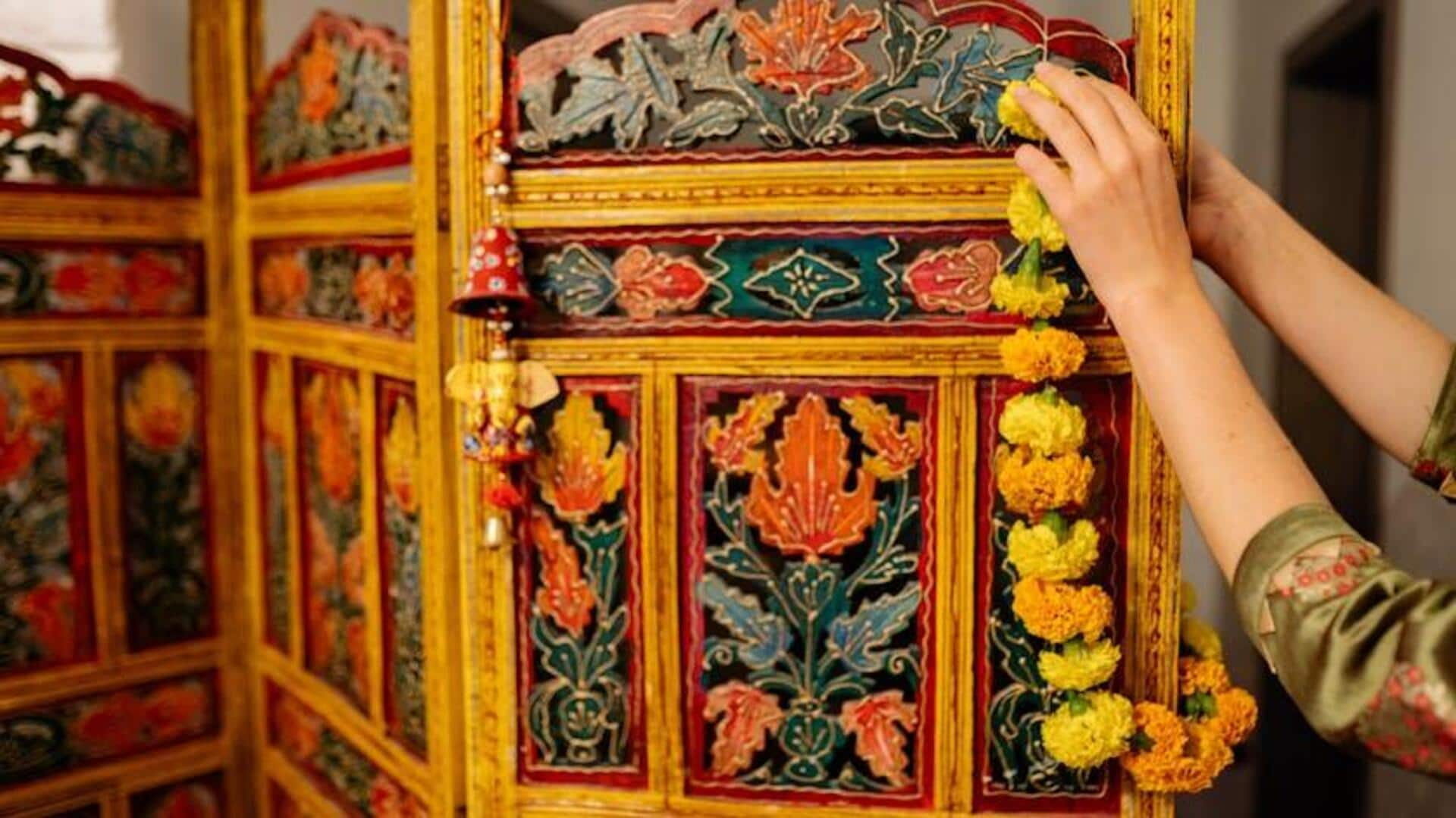**Diwali 2025: How to Decorate Your Home on a Budget**
*By Anujj Trehaan | Oct 13, 2025, 04:10 PM*
Diwali is all about spreading light, joy, and positivity, but decorating for the festival doesn’t have to strain your wallet. With a few creative ideas and simple tweaks, you can make your home look stunning without spending much. From repurposing everyday items to embracing DIY crafts, here’s how to celebrate the festival of lights beautifully on a budget.
### 1. Reuse and Repurpose What You Already Have
Before heading to the store, look around your home for items you can reuse. Empty glass jars can become pretty tealight holders, and old sarees or dupattas can be turned into festive table runners. With a little imagination, even simple things lying around can add color and sparkle. Sometimes, the most charming décor comes from creativity, not expense.
### 2. Choose DIY Diyas and Candles
Instead of buying expensive décor, make your own diyas or candles. Clay diyas can be hand-painted in bright colors and patterns, while old glass containers can double up as candle holders. Add a few drops of essential oil for fragrance. Homemade decorations feel personal, warm, and perfectly capture the essence of Diwali — light crafted with love and intention.
### 3. Use Fairy Lights for Instant Magic
Fairy lights are affordable and instantly transform your home. String them along balconies, windows, and staircases, or tuck them inside glass bottles for a soft, glowing effect. Go for warm yellow tones to keep things cozy and traditional. They consume little energy but make a huge impact, creating that signature Diwali sparkle that brings every corner to life.
### 4. Add Freshness with Flowers and Rangoli
Flowers and rangoli are the heart of Diwali décor. Fresh marigolds, roses, or jasmine garlands can be hung around doors or arranged in bowls of water with floating candles. Create colorful rangolis using rice powder, flower petals, or eco-friendly colors. These natural elements add fragrance, positivity, and beauty all without costing much while staying rooted in tradition.
### 5. Bring in a Touch of Greenery
Houseplants can make your festive décor feel more vibrant and refreshing. Decorate plant pots with fabric, paint, or small diyas to give them a festive twist. Indoor greens like money plants or ferns complement lights beautifully. They also symbolize growth and prosperity, aligning perfectly with Diwali’s spirit of renewal. Simple greenery can make your home glow naturally and elegantly.
Celebrate Diwali this year with imagination and love, creating a warm and welcoming ambiance without breaking the bank!
https://www.newsbytesapp.com/news/lifestyle/how-to-decorate-your-home-for-diwali-on-a-budget/story
